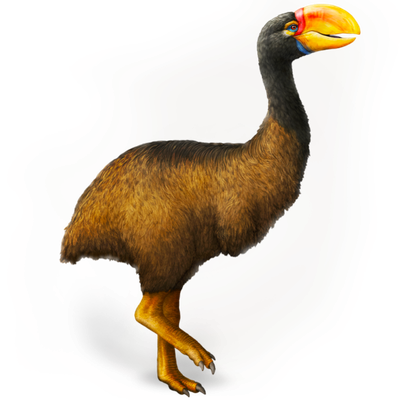Your search returned 2817 results
By Page Type
By Tag
- fish (966)
- blog (696)
- fishes of sydney harbour (401)
- First Nations (299)
- Blog (236)
- AMRI (169)
- archives (164)
- Eureka Prizes (146)
- Aboriginal and Torres Strait Islander (135)
- insect (126)
- Ichthyology (124)
- geoscience (109)
- minerals (102)
- climate change (100)
- podcast (94)
- Fish (91)
- Anthropology (89)
- International collections (80)
- Minerals Gallery (78)
- wildlife of sydney (78)
- Labridae (77)
- frog (74)
- gemstone (70)
- history (64)
- photography (64)
- Mollusca (60)
- gem (59)
- staff (59)
- Birds (56)
- Gems (56)
- Indonesia (56)
- education (56)
- shark (55)
- AMplify (54)
- people (53)
- earth sciences (50)
- past exhibitions (50)
- exhibition (49)
- Gobiidae (48)
- sustainability (46)
- Pomacentridae (45)
- Serranidae (44)
- lifelong learning (42)
- science (42)
- Earth and Environmental Science (41)
- Syngnathidae (41)
- Ancient Egypt (40)
- Bali (40)
- bird (40)
- dangerous australians (40)
-
Aedoea decreta (Butler, 1877)
https://australian.museum/learn/animals/insects/aedoea-decreta/Aedoea decreta (Butler, 1877)
-
Bluespotted Flathead, Platycephalus caeruleopunctatus McCulloch, 1922
https://australian.museum/learn/animals/fishes/eastern-blue-spotted-flathead-platycephalus-caeruleopunctatus-mcculloch-1922/Bluespotted Flathead, Platycephalus caeruleopunctatus McCulloch, 1922
-
Ameleta panochra Turner, 1940
https://australian.museum/learn/animals/insects/ameleta-panochra/Ameleta panochra Turner, 1940
-
Wedge Footman Calamidia hirta (Walker, 1854)
https://australian.museum/learn/animals/insects/calamidia-hirta/Wedge Footman Calamidia hirta (Walker, 1854)
-
Pseudophanes melanoptera Turner, 1940
https://australian.museum/learn/animals/insects/pseudophanes-melanoptera/Pseudophanes melanoptera Turner, 1940
-
Yellow-banded Footman Castulo plagiata Walker, 1854
https://australian.museum/learn/animals/insects/castulo-plagiata/Yellow-banded Footman Castulo plagiata Walker, 1854
-
Schistophleps obducta (T.P. Lucas, 1894)
https://australian.museum/learn/animals/insects/schistophleps-obducta/Schistophleps obducta (T.P. Lucas, 1894)
-
Chamaita barnardi (T.P. Lucas, 1894)
https://australian.museum/learn/animals/insects/chamaita-barnardi/Chamaita barnardi (T.P. Lucas, 1894)
-
Southern Maori Wrasse, Ophthalmolepis lineolatus (Valenciennes, 1839)
https://australian.museum/learn/animals/fishes/southern-maori-wrasse-ophthalmolepis-lineolatus-valenciennes-1839/Southern Maori Wrasse, Ophthalmolepis lineolatus (Valenciennes, 1839)
-
Hobapromea cleta (Turner, 1940)
https://australian.museum/learn/animals/insects/hobapromea-cleta/Hobapromea cleta (Turner, 1940)
-
Discover more
2025 Australian Geographic Nature Photographer of the Year
Special exhibition
Free entry
Now open -
Discover more
Unfinished Business
Special exhibition
Free entry
Now open -
Find out more
Surviving Australia
Permanent exhibition
Free entry
Now open![]()
-
Find out more
Burra
Permanent kids learning space
Free entry
10am - 4.30pm![]()
-
Discover more
Minerals
Permanent exhibition
Free entry
Open daily![]()





